I have found things that call for an adjustment in thinking.
Some of it is very knowable -- carbon dating and genetics can paint a very accurate picture.
Some of it is unexplained -- what is recorded in the script found on IVC seals?
For ease of use, after the pictures in this post, are updating links to script topics, a Table of Contents, so we can slowly revise and focus things in a way no other single source can or will, with lucidity -- the posting order is the framework anyway, but it makes it easy to directly find something.
Also, displayed images are often compressed, and many of them when opened in a new tab are larger and clearer.
So, we are looking into the linguistic background of the Veda and the Zend Avesta.
The first thing we must do is reverse the subliminal suggestion of "Aryan people" and substitute it with "Arya language" and conceive of it as a voluntary spread. It's not from India. It's from a common environment with Avestan. That could be because of a college or guild type of facility.
Everything I have to post is about agreement, harmony, and cooperation.
First of all, the language has an inherent value of Friendly Speech. Aside from definitions of any words, there is an aesthetic, an attitude, a reason, an intention of speaking, based from friendliness and learning and working together. That is closer to the full meaning of Arya. If you don't have that, you can't actually read it.
Second of all, there are no non-Indian people who came into India until after the IVC era, and after or at most on the tail tip of the Vedic era. Any idea that Sanskrit was conveyed by some kind of people is basically physically impossible. An easier explanation is to suggest they adopted it.
And there is a very easy way to explain that, because art and writing come from Jiroft and Shahr-i-sokta in Iran. These places were massive. Civilization ran along the Helmand River in southern Afghanistan, through the Bolan Pass to Mehrgarh, in modern Pakistan, which around 5,000 B. C. E., had brick walls several meters thick. This east-west route was a virtual colossus, while it was also triangulated in the north with Ulug Depe in Turkmenistan, which has the longest continuous chain of inhabitation in Central Asia. On a human level, this was definitely formative, although it cannot tell us much about intellectual history, until the advent of writing. The scale and inter-knittedness of it are simply staggering.
That area is so rugged that to this day, some provinces of Afghanistan are still only connected by a single route of access, same as in all ages. Terrain has served as a "dictator" in the shaping of humanity.
IVC primarily refers to an architectural style like "Tudor" or "Georgetown". In the early times, India has settlements, but its major cities such as Kalibangan emerge around 3,300 B. C. E..
In other words, Iran was a gigantic and influential neighbor for over a thousand years before India had anything comparable. And when they do, you find relics with potter's marks and graffiti, and over time it is perfectly clear that several motifs are Iranian in origin. Some of this simply continues into the script. It seems plainly evident that some Iranian basics come in, and are replied with particularly Indian adjustments. The Indian philosophy and myths are at least somewhat independent of the vocabulary.
Then what happened is around 2,600 B. C. E., Kalibangan and Mehrgarh were both abandoned. In Kalibangan, it is believed an earthquake happened, however the site was relatively rapidly re-established in a hundred years or so. In the case of Mehrgarh, no suggestion is given, and then over the next few centuries, the whole Helmand culture disintegrates all the way through Iranian Sistan. The last traces linger to maybe 2,200 B. C. E..
Simple enough, the whole thing is now one of the worst deserts in the world.
It appears to have been uninhabited when colonized by Zoroastrians around 1,000 B. C. E. by using irrigation.
I would guess that Sanskrit developed out of that major influence followed by complete severance.
Is there an intellectual, perhaps spiritual, pilgrimage site to support this, yes.
Black Mt. Khajeh in Hamun Lake:
The Helmand River does not reach the sea, it drains into the plateau, here. In 4,000 B. C. E., the lake was much larger. It would be the only place a few people could survive during those dismal times following. Later claimed by Zoroastrianism.
The reason there is an Arya language is because it is attested in the Veda and Avesta with this meaning. It doesn't say "Proto-Indo-Iranian". Its relation to this would be Shahr-i-sokta is rather close to Hamun.
On the other hand, this would make India, itself, a sprachbund, because native languages are Dravidian.
But this would have generally been the case in Iran as well.
This part of Asia is Turanian.
What that means is that Indians entered the subcontinent through the Dorah Pass, and have been genetically separate from Iranians since 8,000 B. C. E. or even before. And you will notice the western swath of Turanians crossed the Strait of Hormuz, Yemen, and the Red Sea, entering Ethiopia.
You can see that in this "India excluded" flowchart. The Turanians who entered the sub-continent mixed to some extent with Australics, minor populations predominantly coastal. And then this Indian stock mixes outwardly into Shahr-i-sokta -- not the other way around:
That should be fairly assuring that Indians could have known about the Black Mountain.
Historically, Indians are basically just Indians in the sense that all their genetics took place in India itself. But their Ice Age origin was Siberia. At this deep level, they are related to east Iranians.
Corresponding to the above, there is a recent multi-author paper that refutes or re-writes Proto Indo European:
Wolfgang Haak, a Group Leader in the Department of Archaeogenetics at the Max Planck Institute for Evolutionary Anthropology, summarizes the implications of the new study by stating, “Aside from a refined time estimate for the overall language tree, the tree topology and branching order are most critical for the alignment with key archaeological events and shifting ancestry patterns seen in the ancient human genome data. This is a huge step forward from the mutually exclusive, previous scenarios, towards a more plausible model that integrates archaeological, anthropological and genetic findings.”
Simple enough, The root of this language is Armenia. It split in eastern and western directions around the dawn of agriculture. Sanskrit is believed to have developed around 3,000 B. C. E. and diverged from Avestan.
So, yes, if we look at the physical facts, plenty of reason to say this could happen.
My guess is they picked up an Iranian language because they wanted to.
But then this would lock in to the evolution of art and graffiti into script.
That would mean the language of literacy is most likely Sanskrit.
If so, it would be a Vedic rollback, in the direction most in common with Avestan.
Kalash and Khowar are later Sanskrit dialects. However they may be indicative of "non-Vedic Sanskrit".
I disbelieve most Sanskrit self-legends about antiquity. The Rg Veda only contains the philosophical implications that (a) there was a "first man" who did not talk, (b) speech was produced out of friendliness, (c) Vedic speech is a further refinement to this. Otherwise, no, it really says nothing about any total history of the world. My inclination is that this is a technique, first seen in the Sumerian Kings List, which takes relatively recent knowledge, and adds a story of "before", this technique being repeated in the Brahmanas and Puranas, in the Pahlavi, as Genesis, which is all contrived.
Since we need a conjectural yardstick starting point, I would think the Veda is certainly older than its "full compilation date". I don't think it's as old as some of Hindutva might want it to be. The Rg Veda in the sense of a continuously royally supported institution stemming from Divodasa could be around 1,800 B. C. E.. Atharva Veda in the sense of fragments and discontinuous bits that are in the Rg Veda tracing back to founder Atharvan mean that the practice might go back to around 2,000 B. C. E.. If so, the language it is created in, had probably been around for centuries. That would be IVC at its height.
From the outside, one reason for saying this is Kirat King Yalambar, who is considered a retreating fallout from the advances of Divodasa, in the 1,700s B. C. E.. By calculation, the Veda at this time would have to be reflecting astronomical changes that certainly took place after the height of IVC. The Purana can't really be true if it says humanity started at Manali in the end of Kullu Valley; rather, this region could only be accessed or obtained post-Yalambar, because it is Kirat territory. At that point you could say a new Sanskrit system developed at this holy place. That would still be true. But the Old Rg Veda is about getting to it.
Those are Mongolians who have been considered mostly isolated and would have nothing to do with IVC. In the Vindhyas and Aravallis, it probably does deal with Dravidian and possibly Mon Khmer-speaking peoples, and by inference it may deal with Vedic neighbors such as the Yadus (Dravidian) and Kambojas (Afghan). Over time, the remote Dorah Pass is shortcut by a more direct route over the Wakhan Corridor, and the development of Kabul. Commensurate with the decline of Sistan, there is the rise of east Afghanistan north to Gonur Tepe and Margiana, and it's like making a wishbone. The influence of the original Arya goes east to India, and north around Ulug Depe, and this makes a new and different configuration, with the script showing up all across it.
Around 2,300 B. C. E. is the foundation of Shortugai and Mari by irrigation. In this range we find what is thought to be the widespread and mature use of the script.
This thread will be for a lot of follow-up posts trying to coax the seals to tell us what they say.
I am going to make a bunch of suggestions, and then the space at the end of the post will be used like a Table of Contents, so that information in further posts can be organized in a coherent manner.
What is observed is that the IVC script reflects centralized organization, but the cities do not represent centralized power.
If you can figure out a large alphabet-sized, forty to sixty characters, you have probably solved the script.
There are a lot of projects on statistical analysis which are quite useful, and we can go into this later. Everything has the indication that scribes hundreds of miles apart and hundreds of years different were working from a rule set.
I don't think there was a lot of leeway. The script appears to have been taught by certain codices or libraries, whereas individual seals are like an appointment or a deputization.
There are not many studies on "field symbols", that is, the imagery.
I would suggest the first way to read it is artistically, similar to Heraldry.
Proliferously, 60-80% of the images are a Unicorn, an imaginary animal.
I think it may be a joke about the difficulty explaining to foreigners what a Rhinoceros is.
Related to foreigners, there is a famous Akkadian "translator" scene where the Meluhhan trader is holding an Indian Markhor Goat. It is possible the goat is a symbol of Agni who is Speech, and so it is a picture of a Meluhhan translator just like the Akkadian one.
Unicorn livery is a Pipal Leaf motif, and it is a creature of Soma. Veda and Avestan are both a Soma rite. A Soma Press is found all the way in Gonur Tepe at 2,300 B. C. E.. There isn't exactly a question "if" there was a "soma culture". There is a possibility of local recipes being unique, and a certainty that it is instantly recognizable in Sanskrit.
It's using a weird, weird, weird numerology, nothing like natural counting numbers. And you'll understand the gears of how this works if you think of a few things at once. Here's a mnemonic about how numbers work in relation to visual images: One -- Donkey, Five -- Bull.
No one talks about the Donkey on IVC seals, but, in actuality, this was the main pack animal for trade or travel from pre-history through the Assyrian Empire. And he is not on very many images, but he exists. What happens is he literally turns into a glyph.
Artistically, you get the sense that things are being sucked off the ground like by a tornado, like a big vacuum cleaner, get flung to the sky, and lodge in the script, sometimes inverting, such as the Chimera glyph.
It's easy to think of a Donkey as a kind of "starting power" that way, and if you did, you'd find a kind of progression up to Four, but, Five is in kind of its own little room. It has an affinity for the Bull. And here's what he does in the visual realm:
Nothing.
He changes collars a few times, but he doesn't move or do anything.
In some cases, the script geometrically adjusts itself to go "uphill" on the bull's hump, and there probably is significance when the script does something other than a ruler-straight line. It exalts a glyph over his back, and even impresses it on the dewlap.
He is however very sagacious, in that his texts are an advanced blend of simpler work plus his own peculiar statements. He may even conform to a basic definition of India as Indra and Panchajanya. However, there is not a very large quantity of Bull texts, and the art of eloquence appears to be furthered by the Elephant, who similarly gets the glyph marked around his ear.
Those two particularly seem to embody advancement in script and speech, with the net result being that the large number of Unicorns also spill forth a decent volume of more difficult texts.
Fortunately, IVC has a whole heap of simple work.
Most glyphs are almost meaningless and unused as solo glyphs. Most of them do however have one or more basic pairs as units of meaning. In turn, most of the script involves building by common clusters.
Most of it has no grammar or punctuation, and resembles the compounding of Sanskrit nouns, which lead to multiple meanings. There are recognizable functions that change the order and behavior of the common clusters. But for example, the long seventeen-character text doesn't use it. It's not necessary, but, when it comes into effect, it can be observed to form patterns in repetitive ways.
In some cases, an animal has only one or two glyphs over it. This very plain variety is not included in:
Conversations Facing Glyphs
which is the peculiarity of a glyph falling out of the script and replacing the animal's feeding trough. And so we would think this has an "instructive" quality. Such low-order seals are particularly concentrated in Banawali. Another related category is one we will have to mostly make on our own, Humans Facing Glyphs.
There are many notices of humans performing multiple "narrative scenes", but, there is not an especially good synopsis that I have been able to find. Whereas animals are nearly eating "large, embodied" glyphs on the ground, people are aligned with giant human-sized glyphs.
When I say the Bull "does nothing", this is exceptional, because there are multiple species drawn on the seals, most of which do something.
If we want to know what they are and what they are doing, the basic idea is framed here:
Zoomorphism and its Avatars
parsed from thousands of seals in:
Zoomorphic Icon Catalog
They have family trees, so to speak, by different behaviors. It's coded such that "F3" means facing a glyph; it's entirely about appearance. It says nothing about text. Has to be manually compiled to be functional.
Some of the animals are quite realistic at times. But they follow other rules that are entirely unrealistic in:
Chimera Catalog
There are also Monumental Icons and a Tree.
What are the people doing that is realistic, absolutely nothing.
There is something unequivocally cerebral going on here.
It more or less does have a Book that marries imagery to script in a series from Mohenjo daro:
Copper Tablets
It is quickly and easily obvious these texts apply multiple forms of duality, such as:
Palindromes
Without and with superscript
Minor variations starting from a primal "Sprout" which is also its finale
Overall, it is trinitarian, as in presenting two alternatives and a resolution. The process is repeated more intricately to the animals. It is out of this we are able to determine Tiger Text, i. e., a special affinity for Three gets the Tiger glyph used in a wide assortment of texts.
This drill-like literary device is riven through the script in ever-more sneaky and subtle ways. It's not like a Sumerian accounting token of "six hammers for two sheep". What seem to be numerals are more like categories, as if it were Samkhya. The Person has an affinity for Four. From this, I have reasoned that there is a "basic" script related to curious text twists involving small numbers, and that a Person with Four is kind of like a diploma holder. Then, the Bull with Five represents a second, "advanced" script which uses a lot of individual modifiers and seems much more difficult. A small number of basic signs could be understood by anyone, and statistically most of the texts were a relatively small number of glyphs used in a basic way, so this was indeed meaningful. In this way, the basic texts resemble interfacing a sprachbund, while the advanced texts are almost another language.
This intriguing collection of Copper Tablets is basic.
It is evoking the mind or presence of a yogi or deity.
There is another type of library on a different class of artifact based on one of the few (or two) Quadruples:
Ivory Rods
That is a whole huge philosophy that is yet all bundled in a basic script, which is slightly akin to the Copper Tablets, but you can tell it proceeds to emphasize something else.
Similarly, the array of two-sided and prism tablets seem to be a primordial instructive mode configuring what might be used on individual seals. Most of the imagery of people is found here.
Another library class:
Large Copper Plates
contains the longest text (forty-three characters of Soma Speech), and is metallurgical alchemy. The nine specimens include practically pure copper and range through various impractical alloys until the Elephant is the only one that contains Lead.
There were more sources of arsenicated coppers, and galena, when processed for lead on an industrial scale, will yield valuable amounts of trace silver. So the alloys are self-explanatory for the region; Tin was optional because it was imported, on Donkeys.
The plates are arguably not recycled "scraps" because the ratios are unrealistic for tools or anything that was actually made; they're like carpet samples, exhibiting a type.
They roll print perfectly well onto textile like batik.
We have the ability to create upgraded versions of what mostly is limited to pdfs. Then anyone who looks at this can get a faster and better start than the fact of it taking eternity to have found it.
To start this off in a novel way, here are some high-quality images of a brand new library. It's so good I thought something must be wrong with it. The lead article does not explain Pathani Damb where these seals were found. These are from the director of the dig SJA Sindhi, and have just come out in the 20s.
The first missing link is that this site is only a few miles from Mehrgarh, that is, it is an IVC attempt to maintain stability with Mundigak near Kandahar, Afghanistan. That would nominally represent what we just perceived as the extraction and diffusion of Sanskrit. We want to train ourselves to think logically and geometrically with respect to the images. That is why to me this looks like a Calendar:
Anyone can see the horns or headdresses in the lower register count to four.
To me, the middle register looks like Three Seasons. It would be multiplication that makes a Year.
We see the Branch glyph in all registers, which is inherited from the pre-script Iranian-inspired art.
Yet IVC goes to Daimabad in the south at the headwaters of the Godavari, and we might ask if the same glyph actually continues as the next missing link tracked in 2023 Circle with a Trident Symbol of the south Indian Megalithic culture. Or ask the Ivory Tablets why it is Quadrupled.
We can trace what appears to be the first loan from Dravidian to Sanskrit. Curiously, it has the connotation of friendly spirit basically the same as Arya. That word is:
Puja.
Yes, it has the specific meaning of a ritual or offering rather than a language, but it is still framed in Honoring the Guest. So I'd like to think there is common ground in their thinking with what the Sanskrit or Arya language means or intends. It's in a Vedic mantra, so, I can't look around it suspiciously. This has to be seen as acceptable to those in service of Bharata royalty. It follows the deductive principle of no cognate or appearance in Avestan, so, it is unlikely to be from an older Iranian root language, and, is more likely to be Dravidian, even if its physical token was a flower.
That might satisfy a resemblance to Iranian Mountain Tulip, which may have started the glyph.
The seal above is very imaginary, and, it is of such a singular nature that it is not intuitive how they got these forms out of standard iconography. There is a lofty, above-it-all feel on this thing. Yet almost no writing.
If it was me, if I was trying to express something, this triple seal would give me room to say millions more things than a section of script. I think it looks exactly like a Calendar as designed by a college of persons.
This next piece works with what I call the Illusion. That's due to placing a Tiger with a Sky Crocodile:
We found plain "Person" and "U-shaped symbol" with Three Tigers, and, a Gharial has to do with Fish, so that is coherent. Because this text match is important, we will add it below.
This is an addition to Girl-in-the-air, which sometimes occupies the whole seal.
Kneeling Woman with an I-shaped Vase and Fish with "Slanted Hat":
Silver Bull:
Rhinoceros and Buffalo:
Man-in-tree:
That tells us something because it is so basic. He is a series. But the full telling of him is not from Pathani Damb. And so each region of IVC appears to be flagged with adding its own individual statement to a common aggregate. The Calendar may define the aggregate. My view is that ancient cultures each developed their own civil calendar, which would have limited mandatory common ground, such as the North Pole, and would have valid reasons for different ways of tracking or marking a year. This was probably the first science anywhere. Therefor it would make sense as a type of grand announcement from what would have effectively been a re-bonding to Iran during a few centuries of script use, and deserve one of the most extravagant seals.
So far, the finds from this site are not entropic, they are highly organized. The use of each of the icons is like atoms in a molecule.
For example, they can't just make a bunch of Tiger seals because they think it looks cool. They have one that is installed in a certain way. It has a basic text with a Round-headed Person and a stylized "U-shaped" symbol. This is repeated elsewhere on something unique and powerful.
This is a previous find, but we see the same pair of glyphs:
I would suggest that the center of this thing is the glyph Three Triangles.
That the Stripes have everything to do with the "dissipation" of this particular image and it running like a dye into images and script.
It may even be a symbol of Shakti.
The Tigers also follow the "dual or triplicate" basis of the script. You can easily see this in the visuals of many other places. For example, the seal at Pathani Damb is like saying "two of you tigers turn into something else". Or, if you follow the texts of Three Triangles, then, along with Three Mountains, it forms the substantial core of both most of the script statistically, as well as the coherent volume of the Copper Tablets.
There might be around forty glyphs that have an ad hoc, declaratory birth, as if being given assignments. However, glyphs like Three Mountains appear to be conjured by incantations formed from these basic clusters.
Just as almost everything we could post about "numbers" will make it look like no counting, basic arithmetic, or contractual accounting, is taking place, sequences like two Wheels have been used to refute their being double letters, syllables, or words. Their statistical distribution is fatally problematic for normal cryptographic methods based on deciphering writings into the sounds of languages. That doesn't work here. This script doesn't work like others. I would suggest the Wheel is not doubling anything because the explanation is that it is two different Wheels.
It's the same dual-or-triple idea as in the Copper Tablets. It seems to spill over to some particular glyphs and texts in other areas. It is effectively a "sub-stratum" of the whole way of thinking. Moreover, it works in the script and with the imagery.
When first posting, we'll start with a block outline, which, going along, can be edited to live links for posts under the subject. For now I'm also going to add a stack of sources at the end.
---------------------------------------------------------------------------------------
Outline
I. India
A. Archaic Sanskrit and "pre-IVC" era
B. Iranic Primacy, Munja, and period-appropriate Astrology
II. Indus Iconography
A. humans
1. Person holding U and plain people
2. People with items, three kinds of Fish, dominant tetragram
3. U IIII and U U U
4. Bird-face Goddess
5. Her concordance
6. Yogin perhaps Aryaman
7. Yogini (Jiroft Dreadfalls Woman and Tiger Centaur)
8. Man-in-tree (Chanhu daro)
9. Girl-in-air and Arch Goddess
B. Encyclopediae
1. Large Copper Plates
2. Voluminous Copper Tablets
3. Ivory Rods
C. animals
1. realistic animals
a. Donkey (Kanmer)
b. Ibex (Dholavira)
c. Markhor (Rehman Dheri)
d. Rhinoceros (Shortugai)
e. Zebu Bull
f. Elephant
1. Elephant Concordance
g. Tiger
h. Buffalo (Rakhigarhi) and Gaur
i. Bird (Lothal)
j. Deer (Copper Tablets usher) and Rabbit (Copper Tablets mystery)
l. One Realistic Fish and Sky Fish
m. Sky Crocodile
n. Cobra
2. unrealistic animals
a. Unicorn
b. Fake Unicorn
c. Hydra and multi-headed Chimerae
d. Horned Tiger Chimera (Banawali)
e. Human Markhor
f. Scorpion - Gharial Theophany
D. Objects such as Soma Filter, Tree, etc.
III. Indus script
A. Pipal Leaf over Three Mountains
B. Two Bearers of Striped Mountain and Compound Bearer
C. Trigrams and Tetragrams
D. Two Wheels
E. Numbers
D. two-sided and prism tablets
E. Kalibangan Pipal Leaf and Three Mountains
F. U
G. U-shaped symbol
H. numbers
I. X and Scorpion (dominant tetragram)
J. Compound Bearer and Asterisk
K. Two Bearers with Striped Mountain
L. Fat Flat Crab
M. Comb
N. Banawali low-order seals
O. various other examples...
That's subject to change, but is the basic concept of how we will be able to link up posts to quickly see whole things at once. The posts, themselves, might not be in such clean order, which won't matter if this is a filing system.
--------------------------------------------------------------------------------------
The way to look up texts:
IM77 Concordance
This site is partially defective; you have to look up signs by number, only, otherwise the scrollable field will lock up and you have to log in again. It is partially limited because it was last updated in 1980. The Wells-Fuls ICIT is private, so this is about all that is freely available for us.
Bulk originals:
Corpus I
Corpus II
Papers and statistics:
Crocodile 2011
Gharial and Tiger 2007
n-grams
Sign Design
Anisotropy 2022
Huntington slideshow beginning with Pipal Leaf over Three Mountains
IVC Geographical Extent
Script of Shamans
Wells 1998
Bonta 2015
Walking with the Unicorn 2018
Kennoyer 2020 Origin of Script
Seals and Bhiranna 2016
Semantic Scope
Mechanisms of Meaning Conveyance
Jalalabad Seal
Shahr i sokta Chronology
blogs:
Indus Script & More
Bharat Kalyan 97
- Home
- Forum
- Chat
- Donate
- What's New?
-
Site Links

-
Avalon Library

-
External Sites

- Solari Report | Catherine Austin Fitts
- The Wall Will Fall | Vanessa Beeley
- Unsafe Space | Keri Smith
- Giza Death Star | Joseph P. Farrell
- The Last American Vagabond
- Caitlin Johnstone
- John Pilger
- Voltaire Network
- Suspicious Observers
- Peak Prosperity | Chris Martenson
- Dark Journalist
- The Black Vault
- Global Research | Michael Chossudovsky
- Corbett Report
- Infowars
- Natural News
- Ice Age Farmer
- Dr. Joseph Mercola
- Childrens Health Defense
- Geoengineering Watch | Dane Wigington
- Truthstream Media
- Unlimited Hangout | Whitney Webb
- Wikileaks index
- Vaccine Impact
- Eva Bartlett (In Gaza blog)
- Scott Ritter
- Redacted (Natalie & Clayton Morris)
- Judging Freedom (Andrew Napolitano)
- Alexander Mercouris
- The Duran
- Simplicius The Thinker








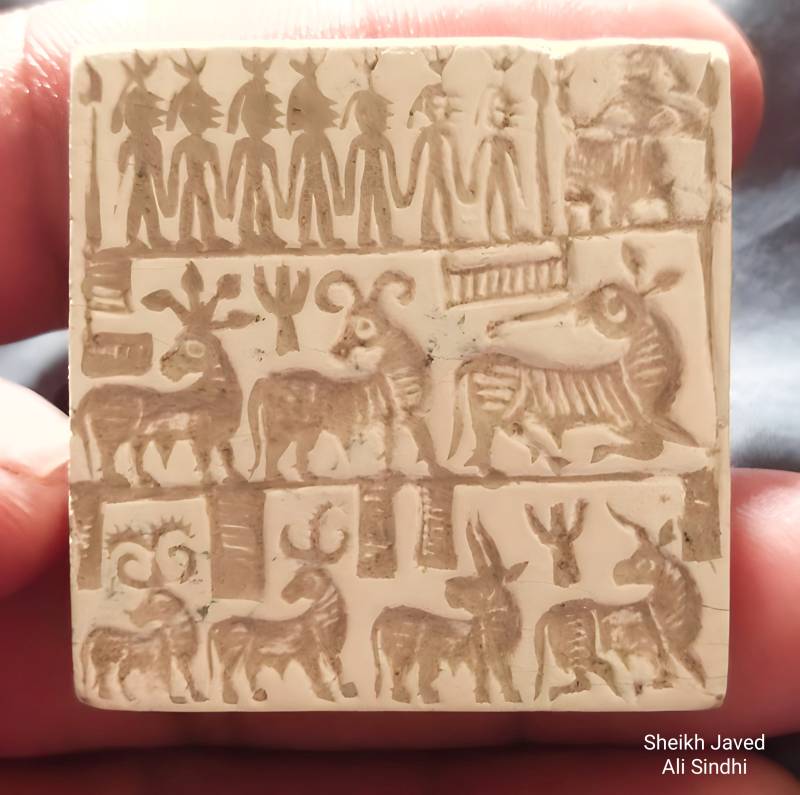
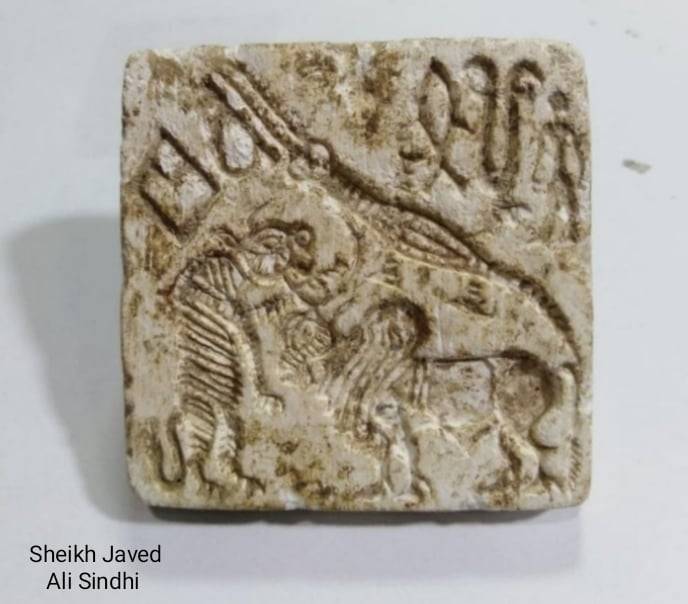
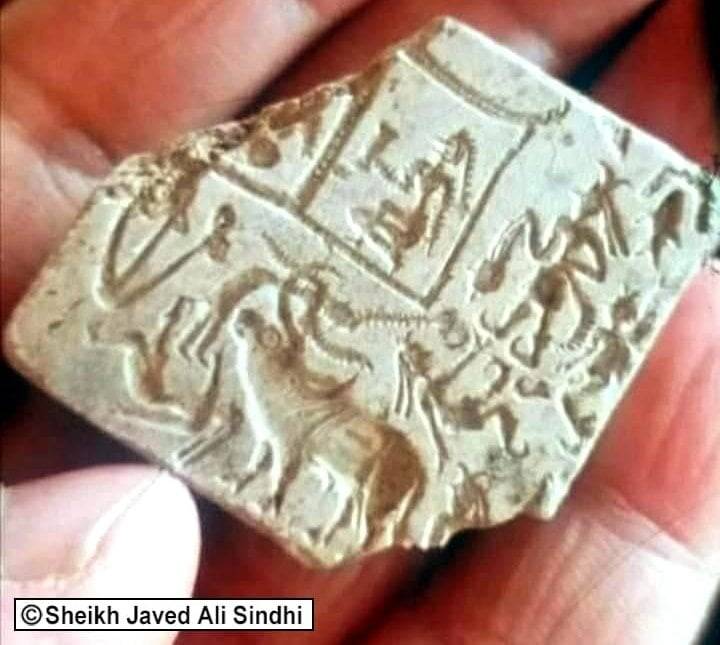
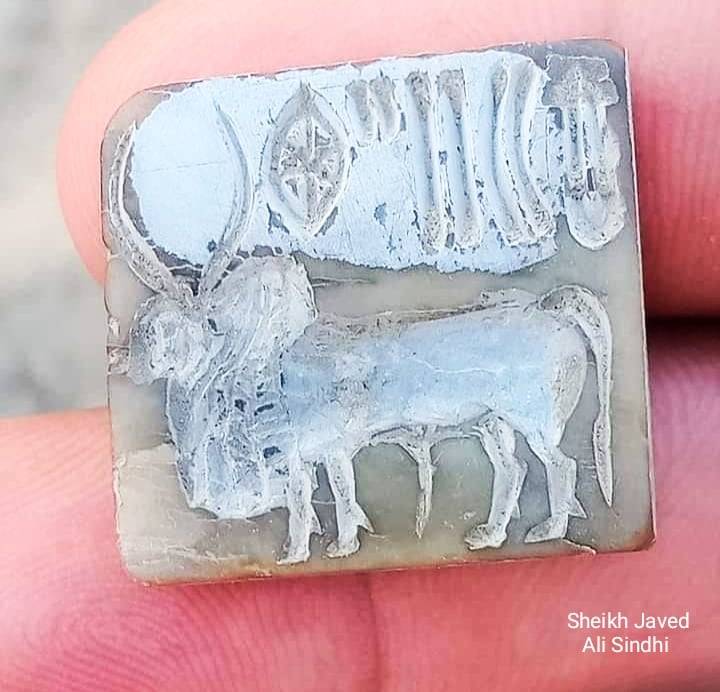
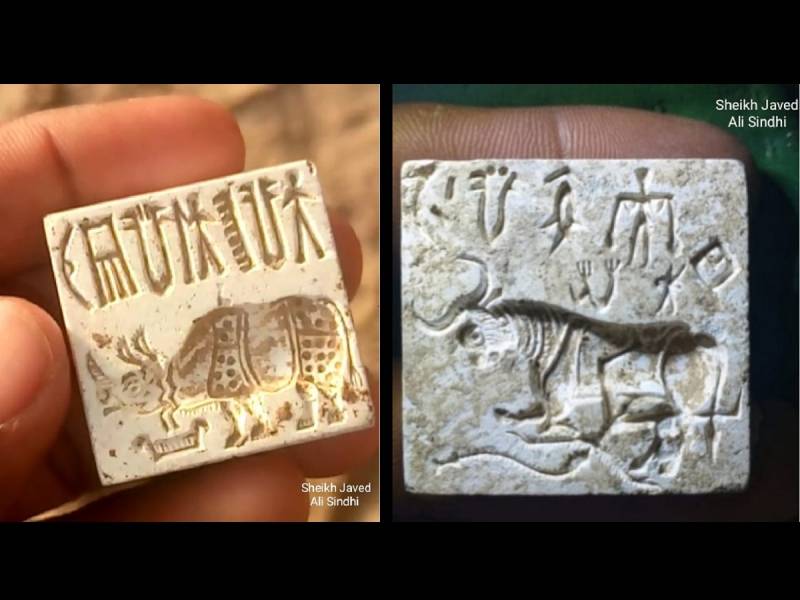
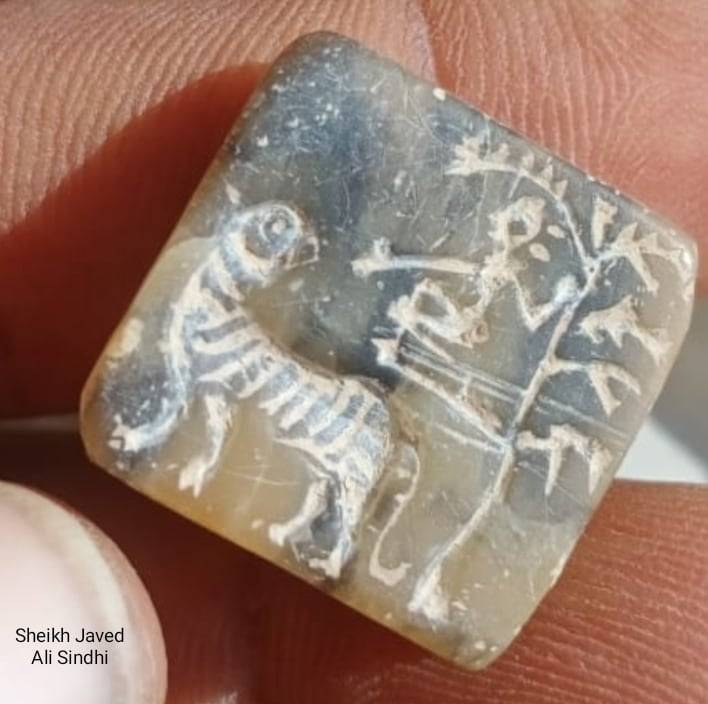

 Reply With Quote
Reply With Quote
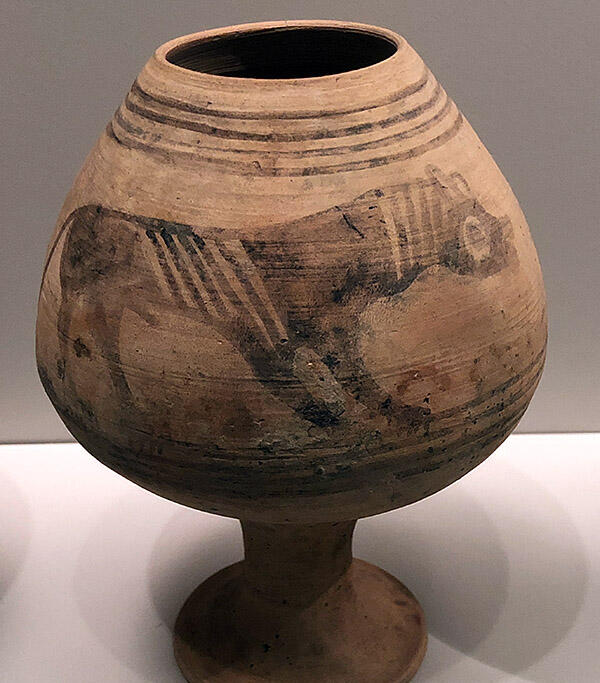







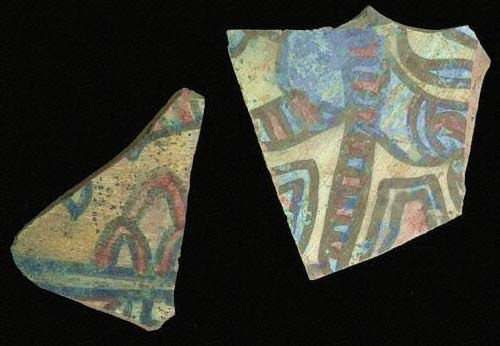

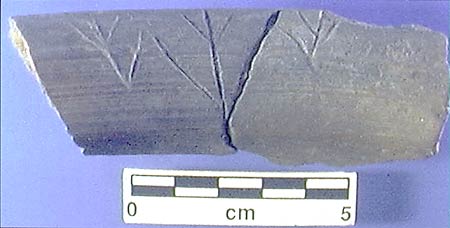



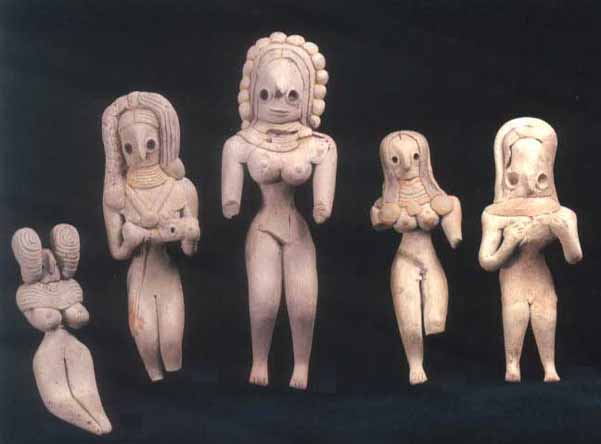


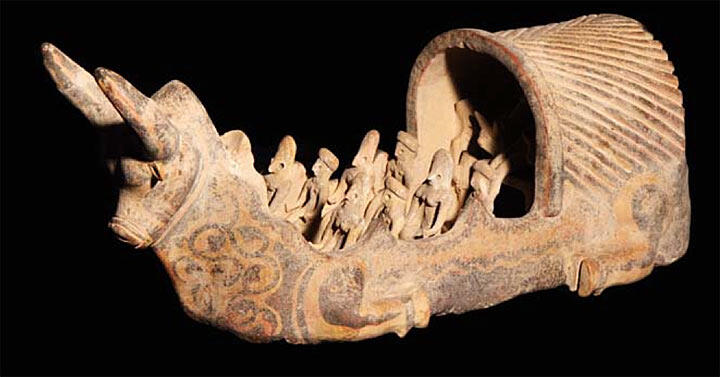

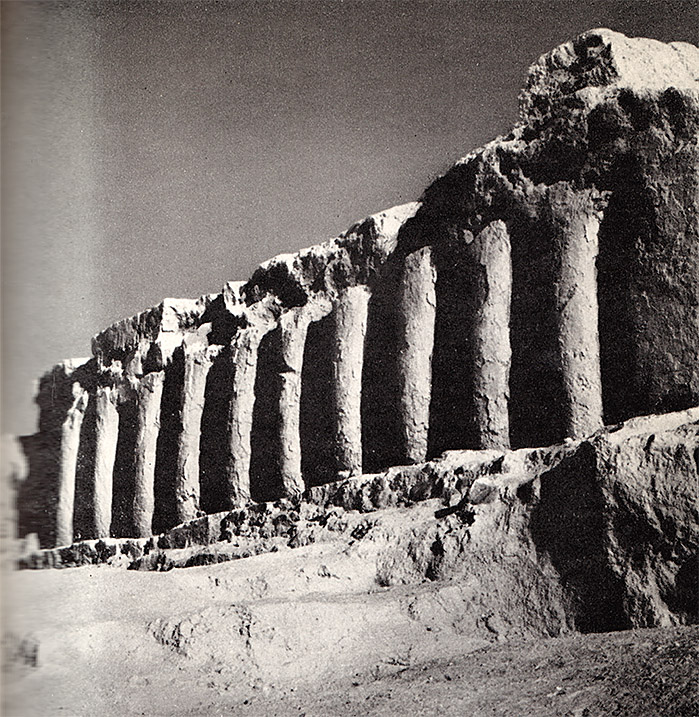



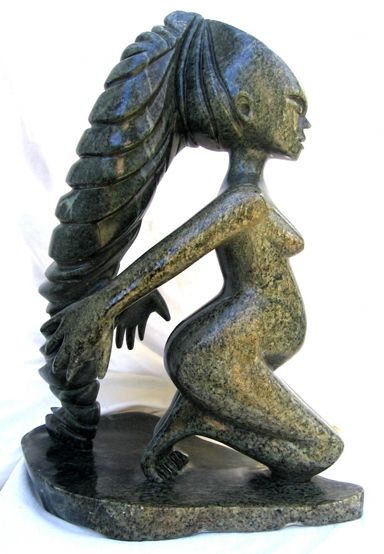






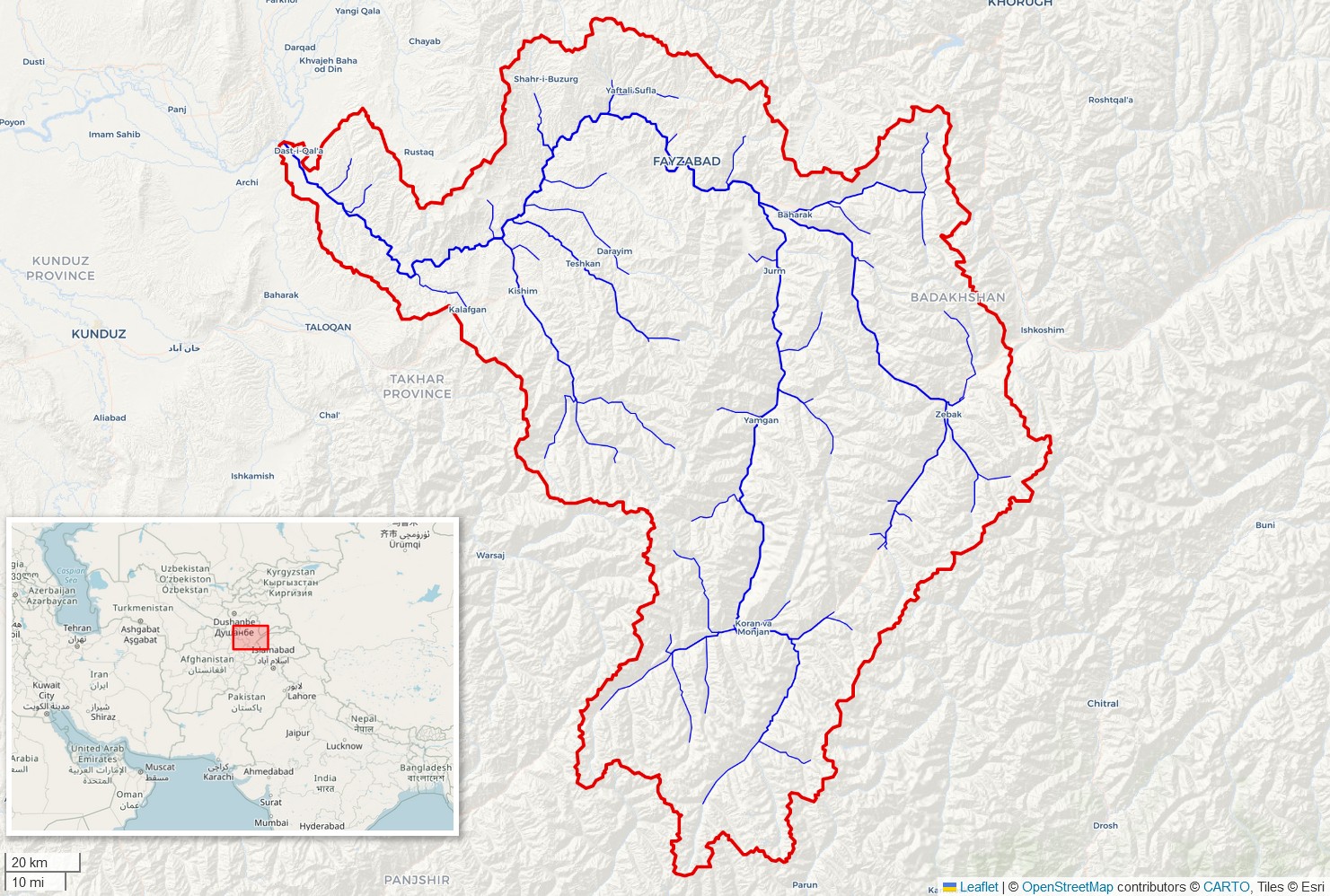

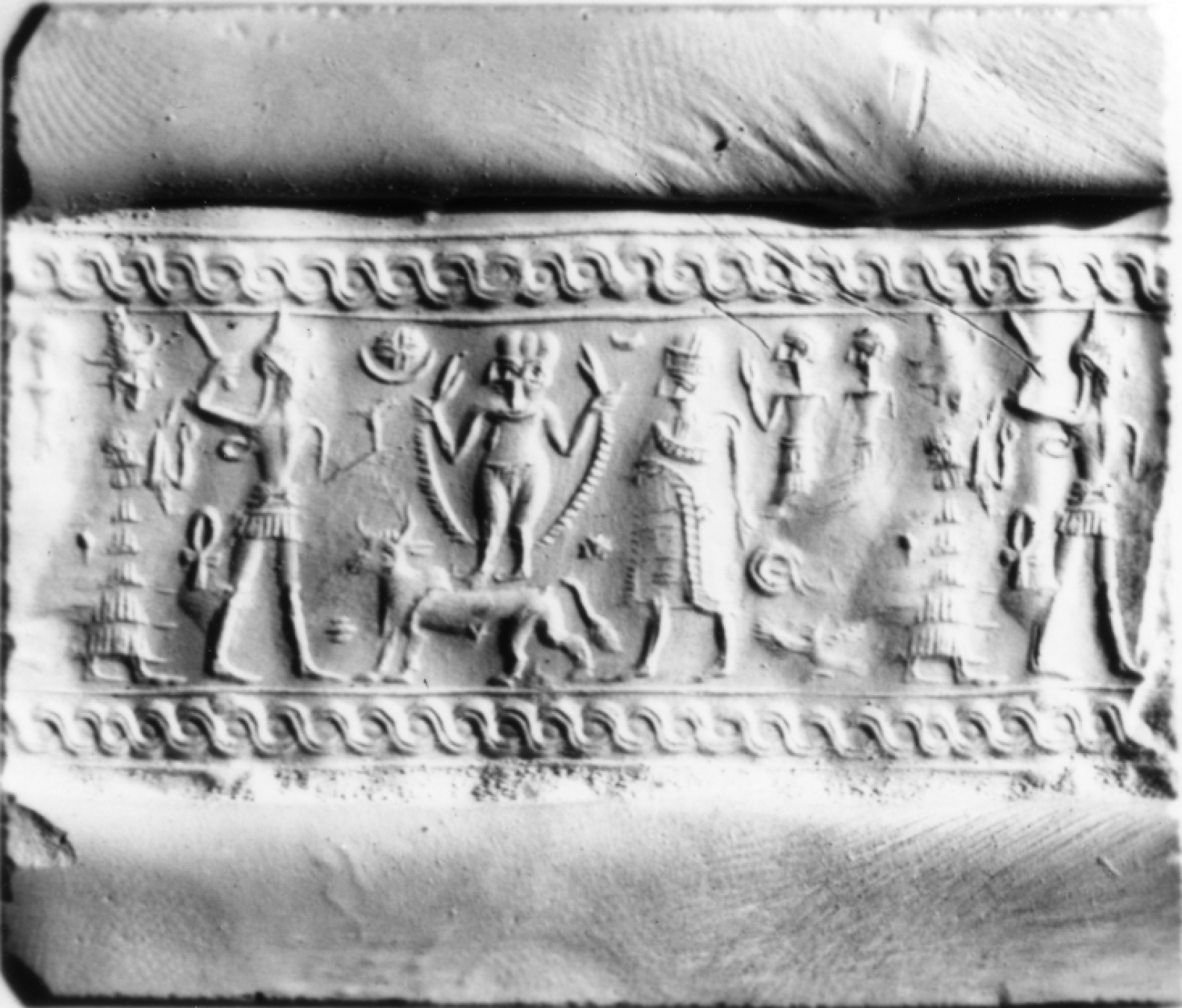













.jpg)










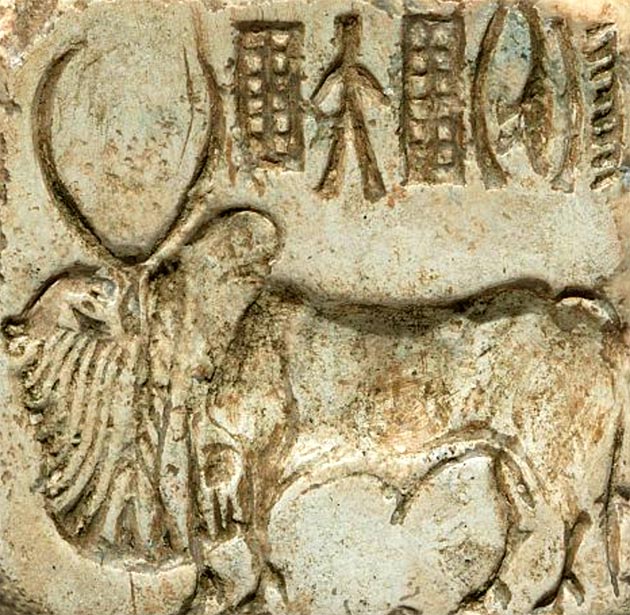


















































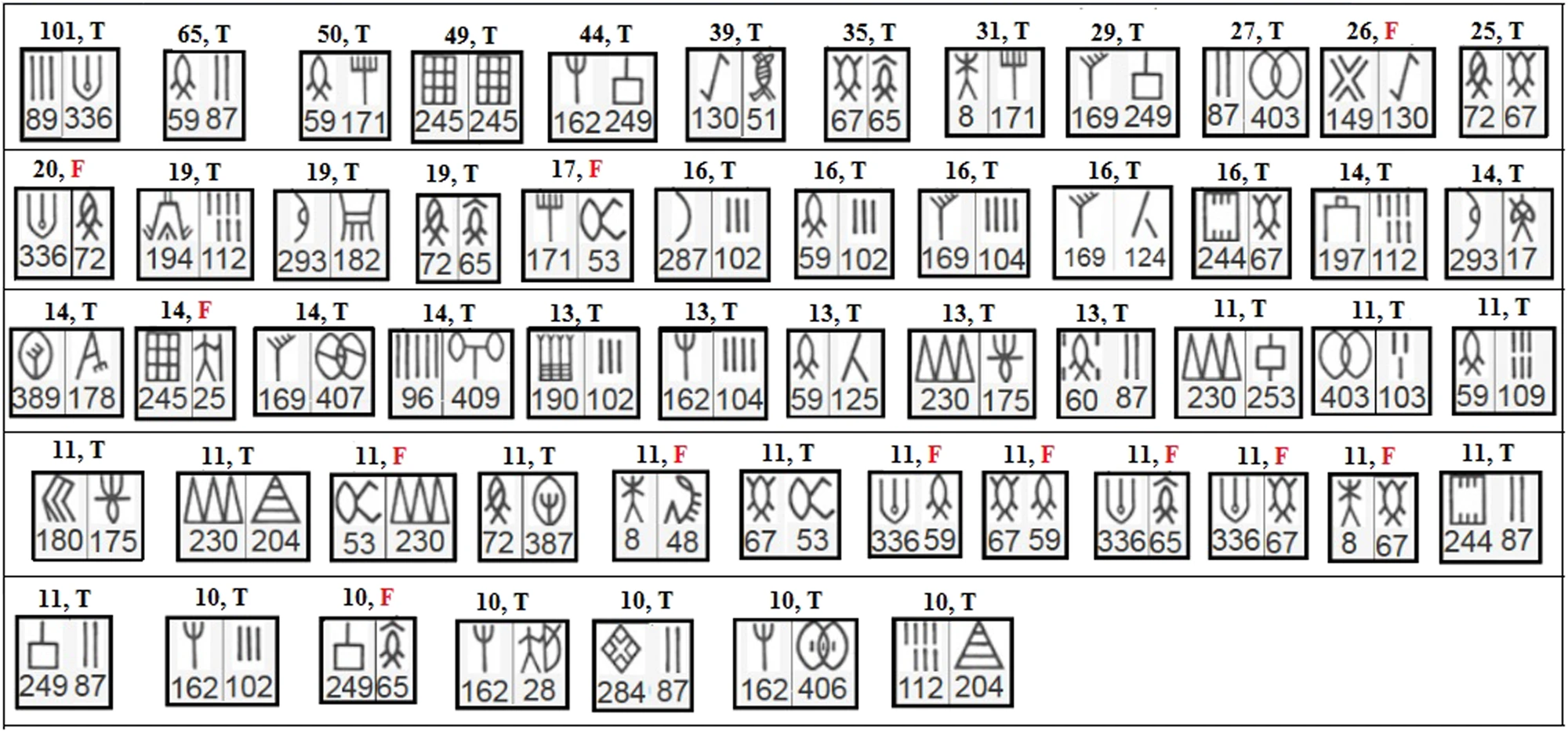



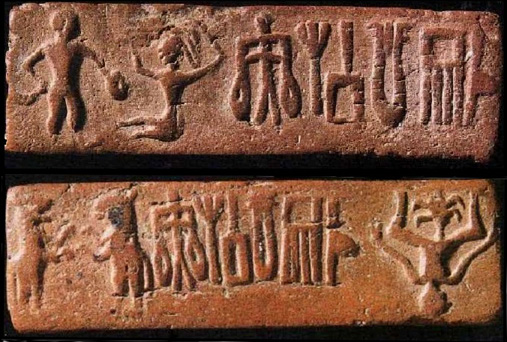


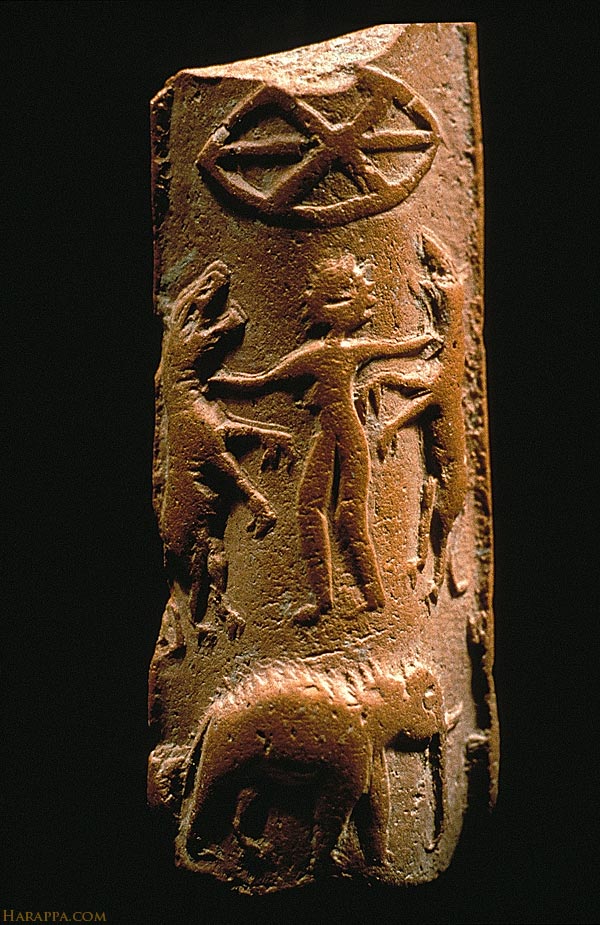

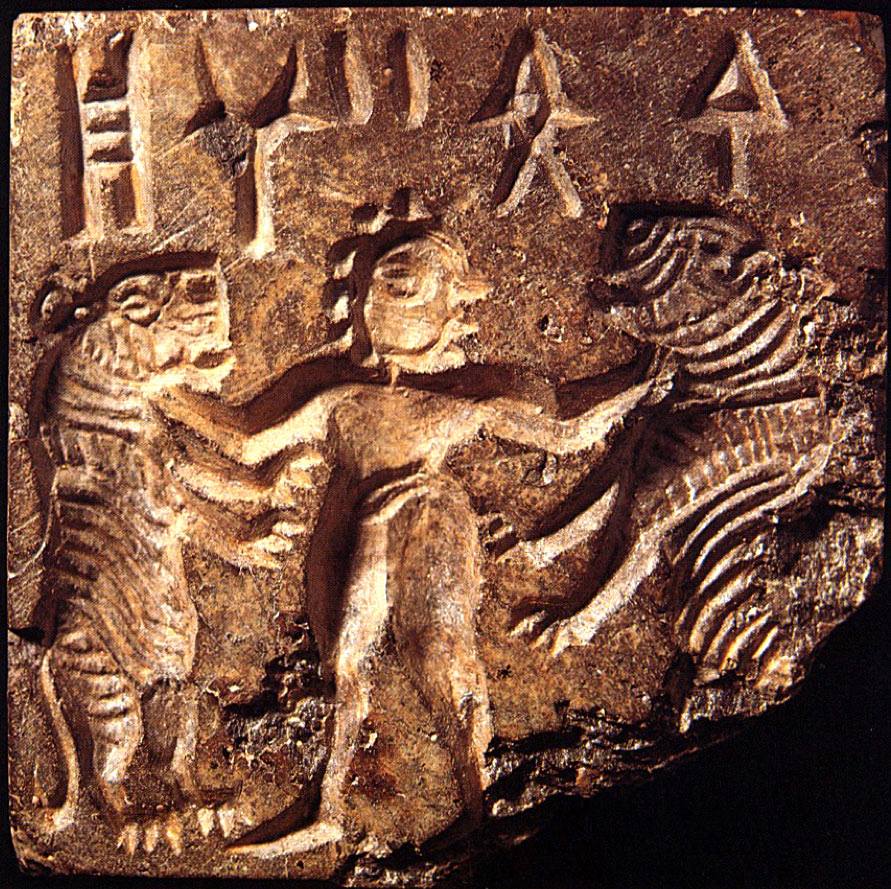


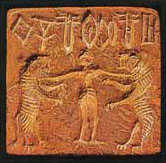
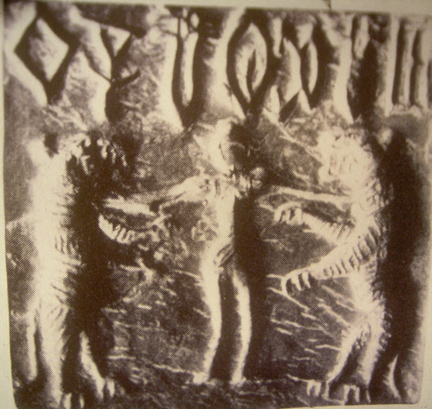





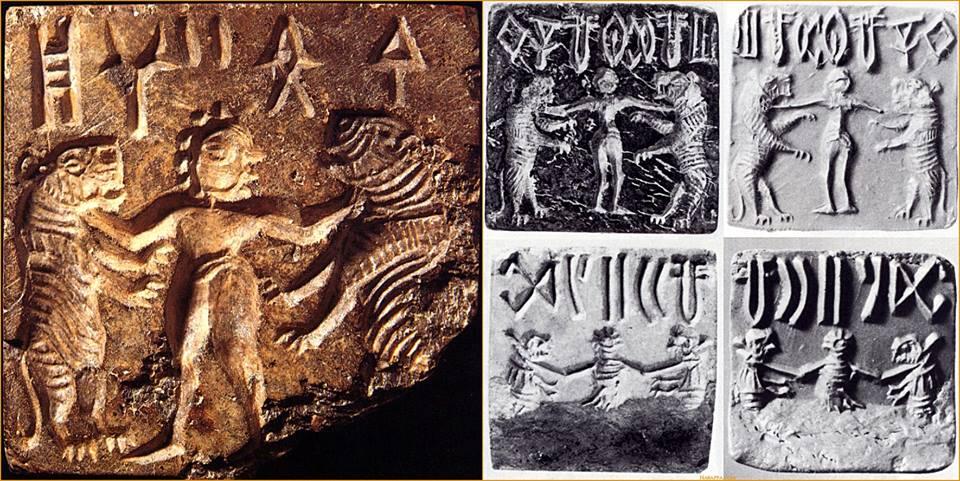













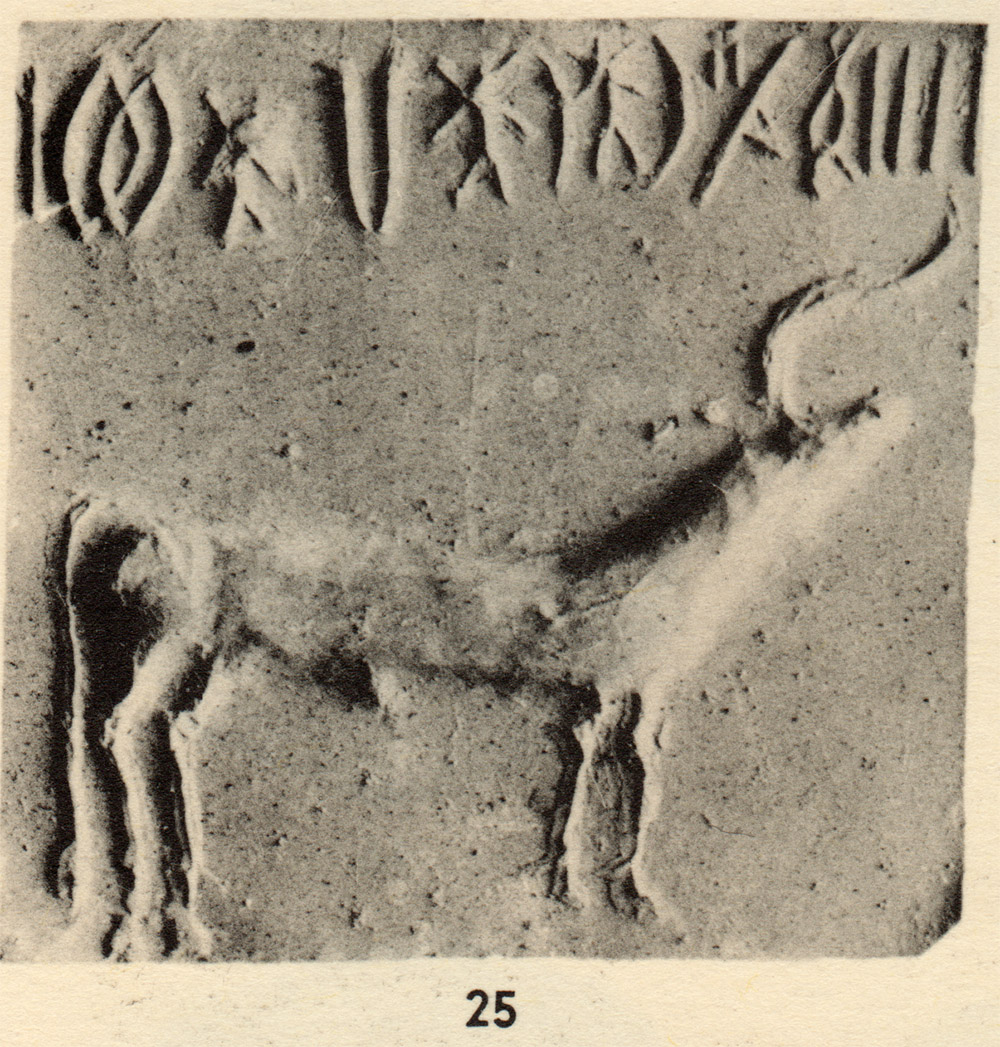












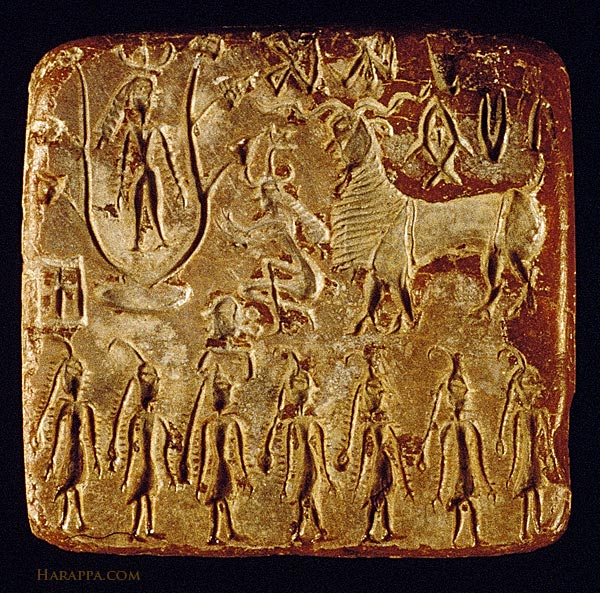
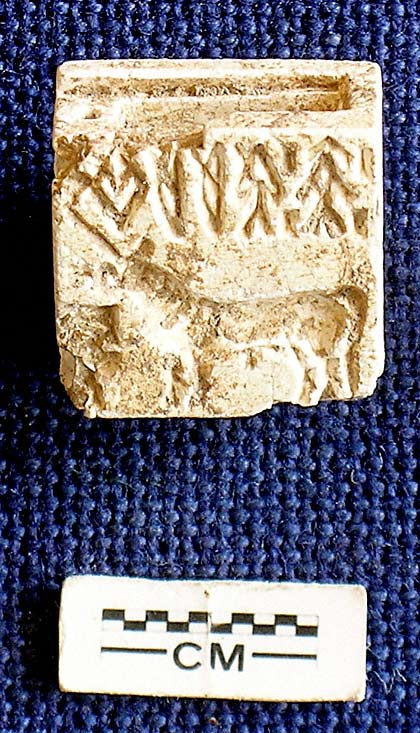
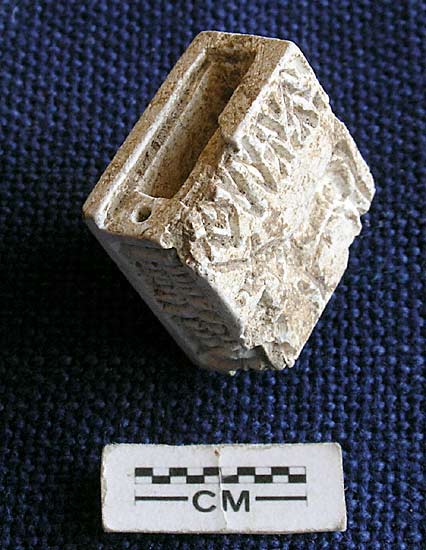


 )
)
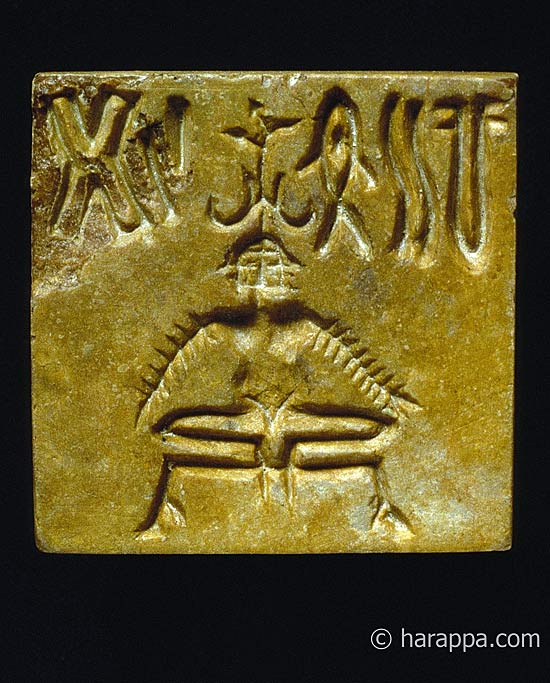







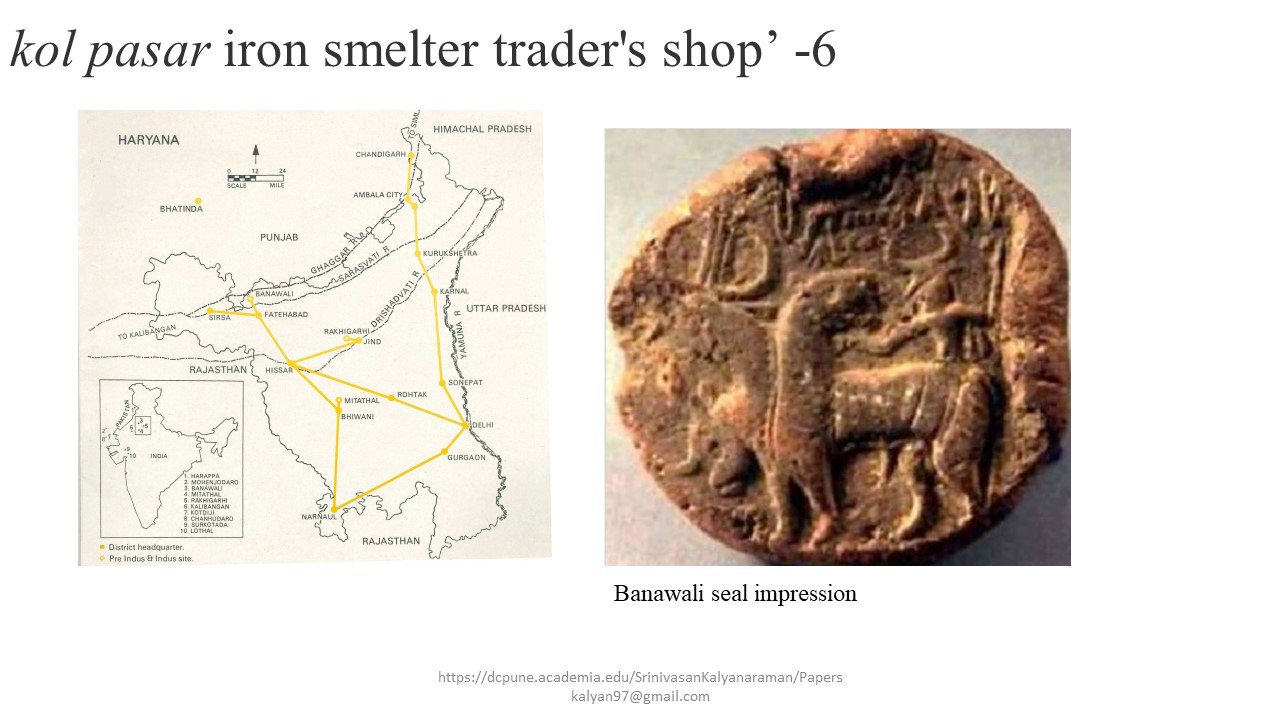





.jpg)


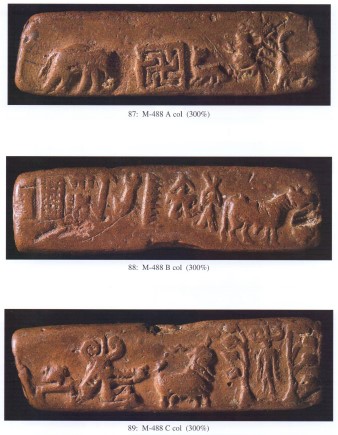

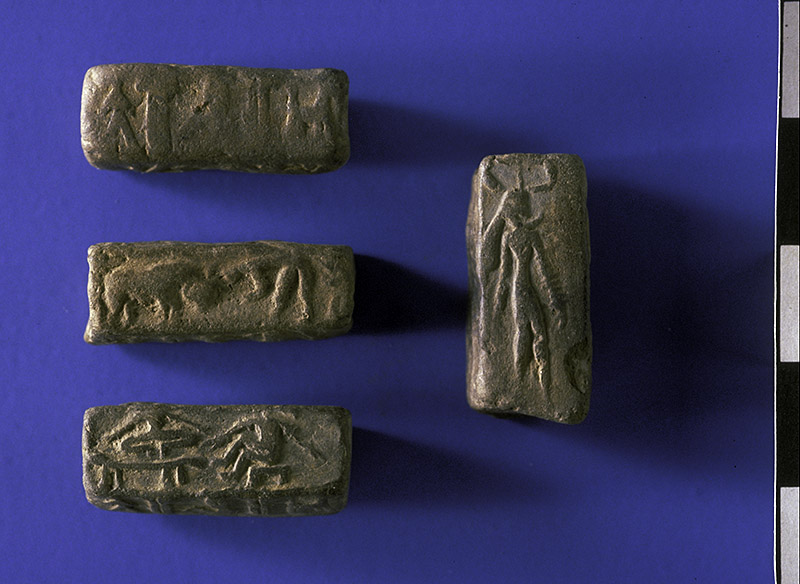






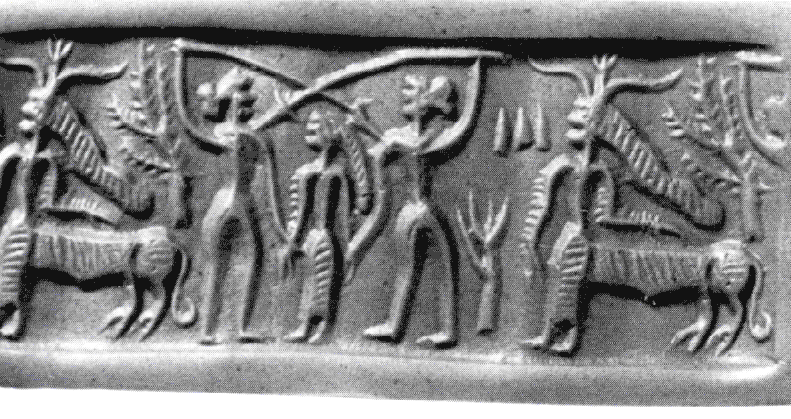













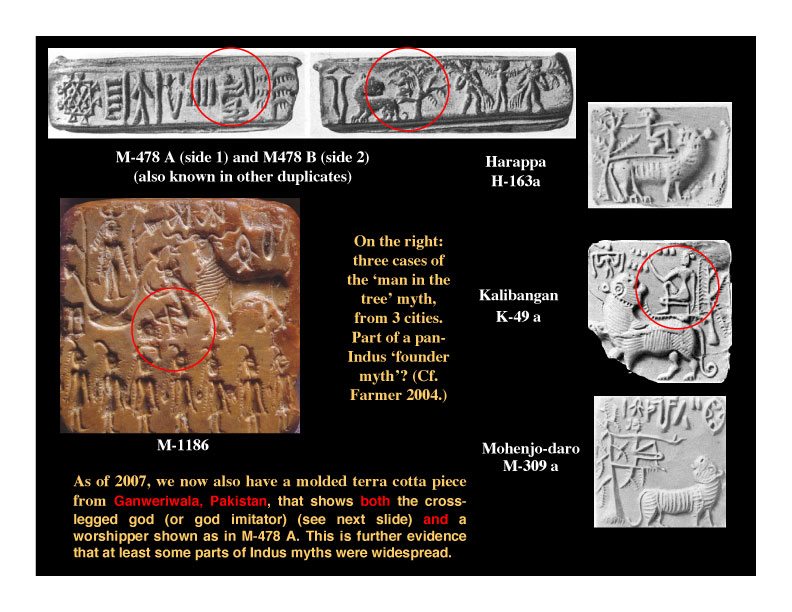
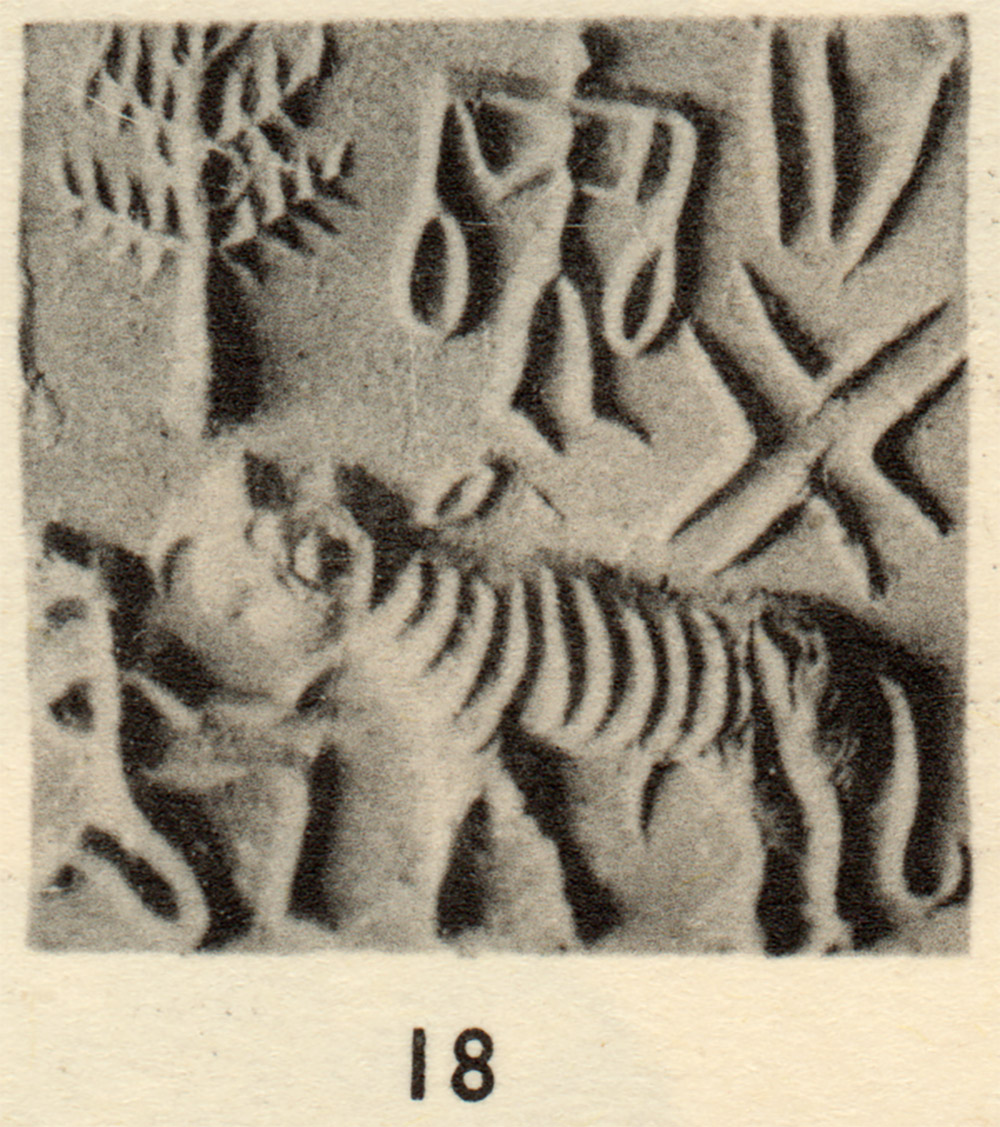











































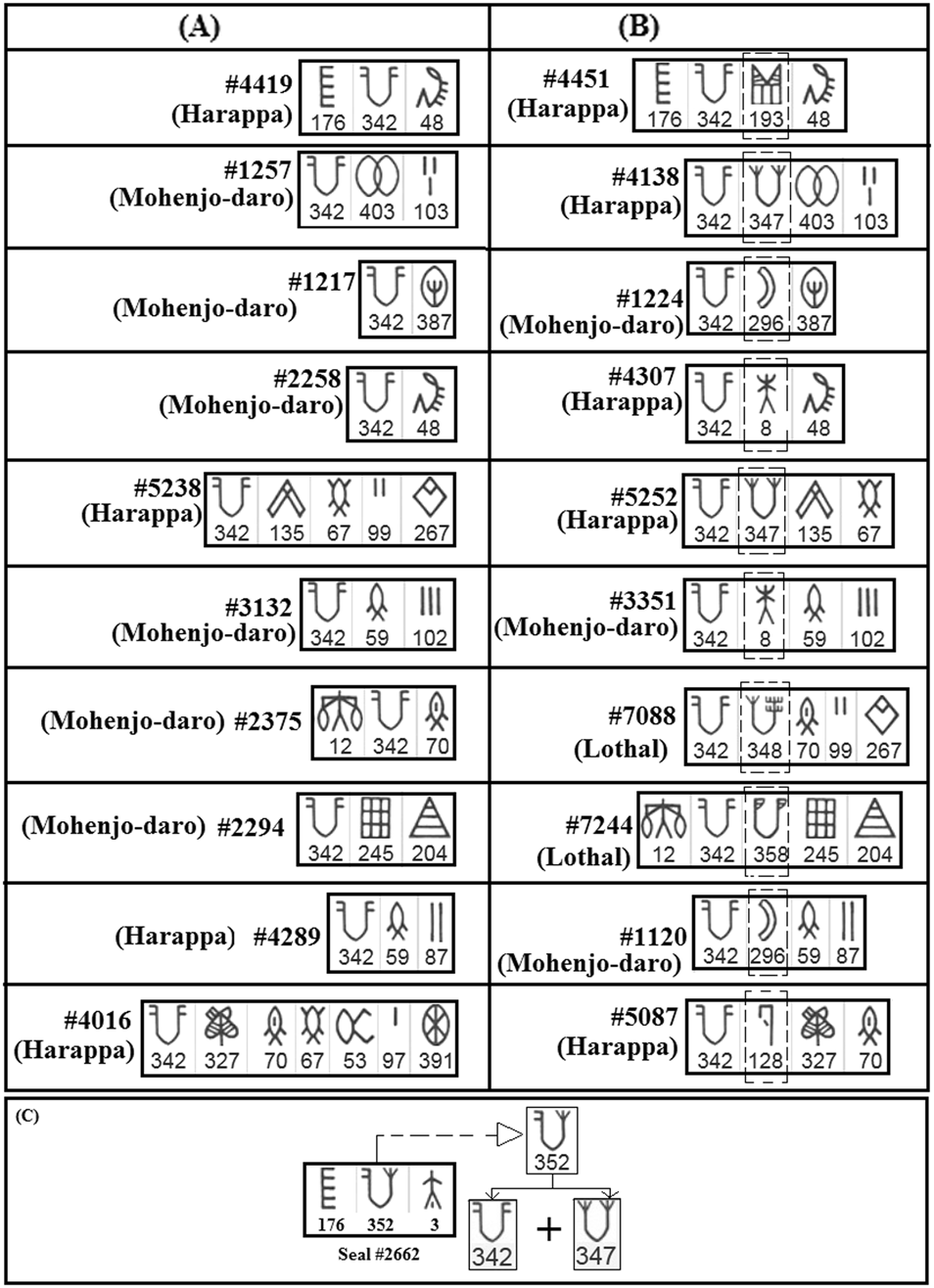










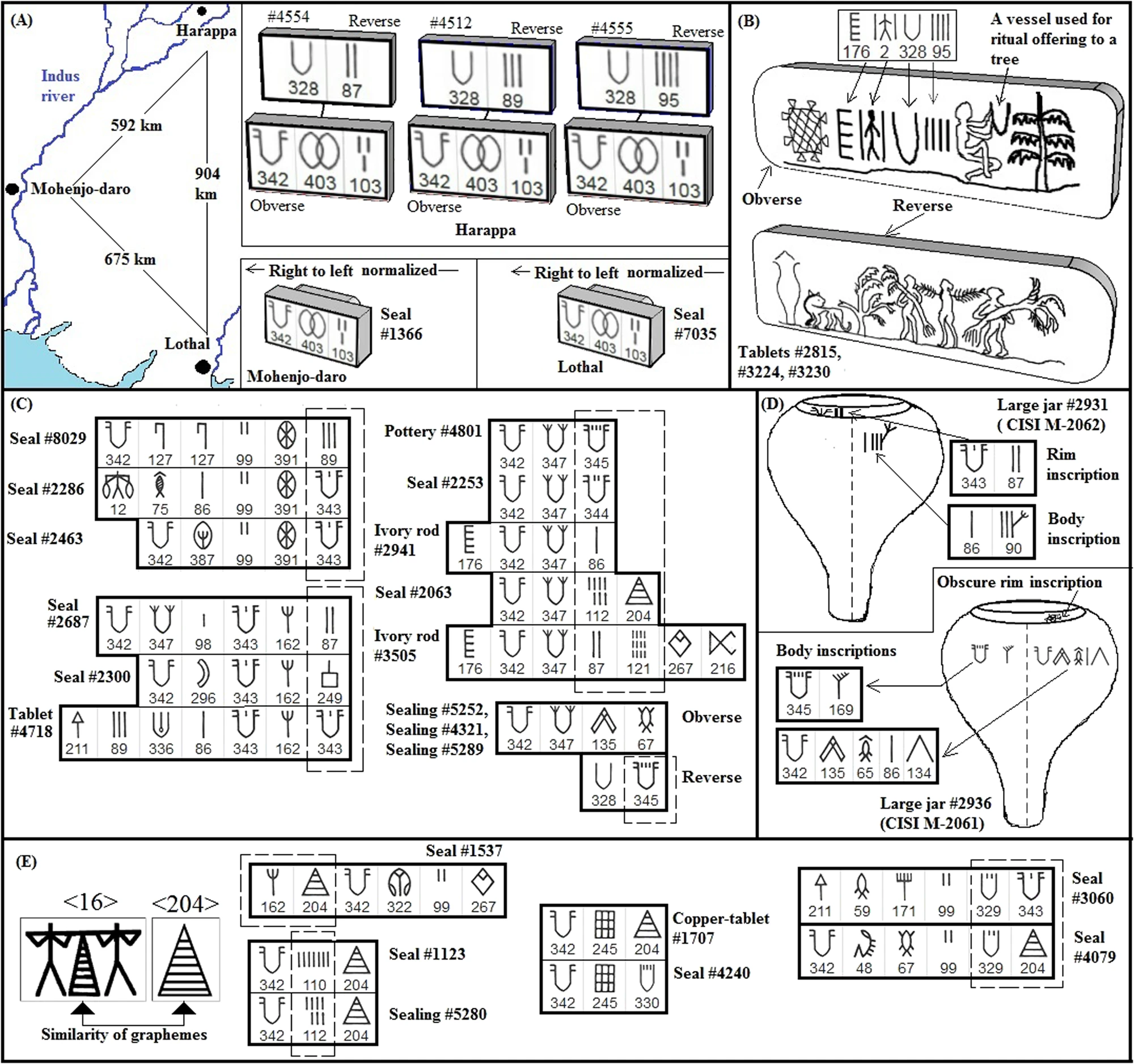





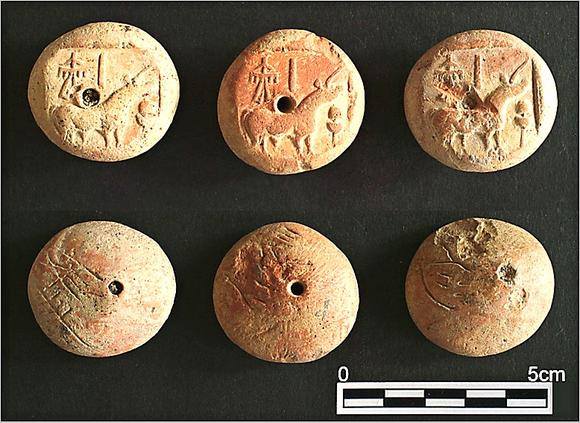



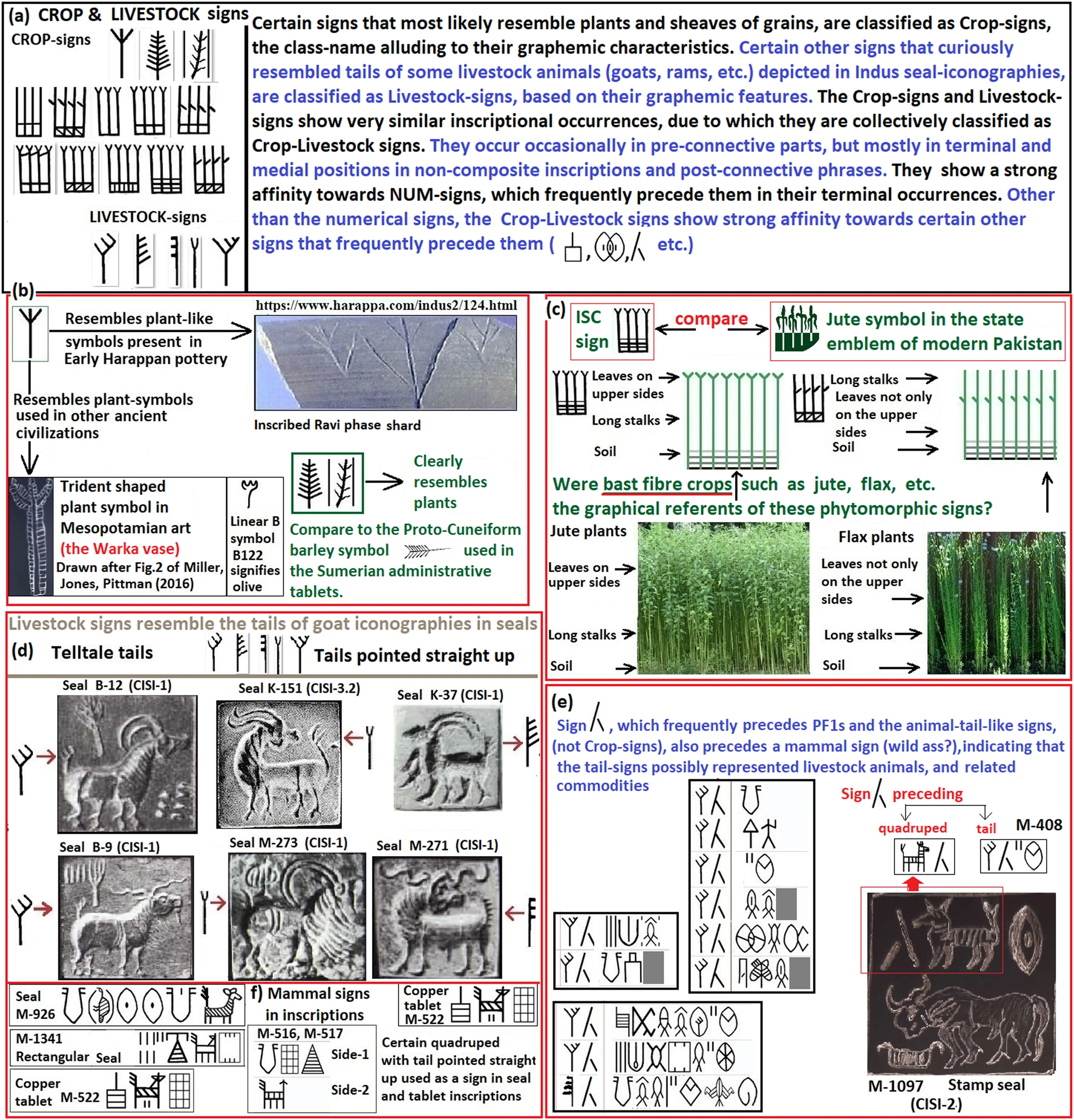








































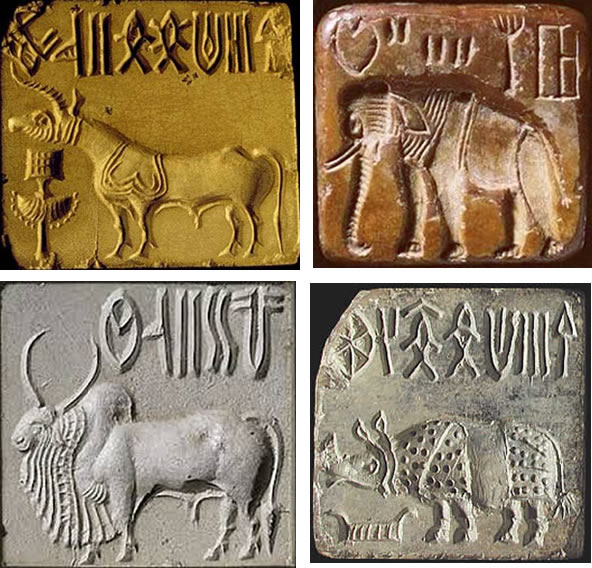
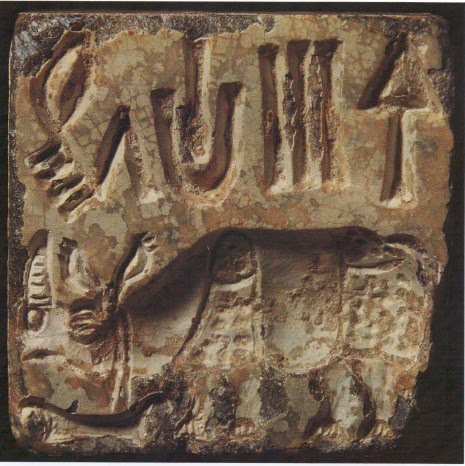


















Bookmarks